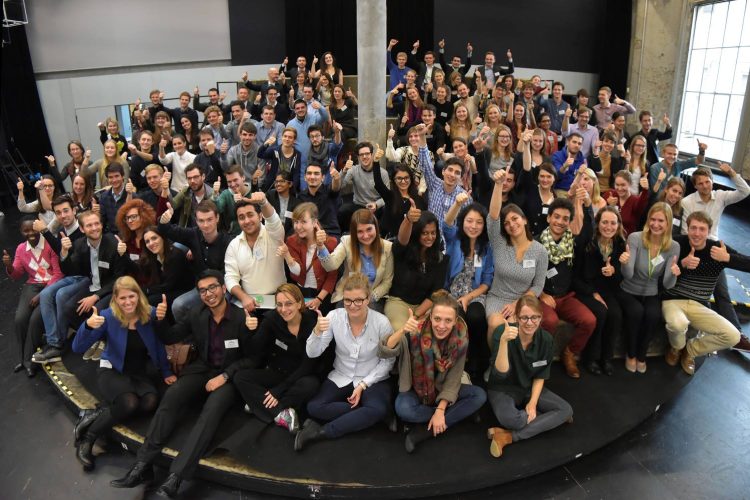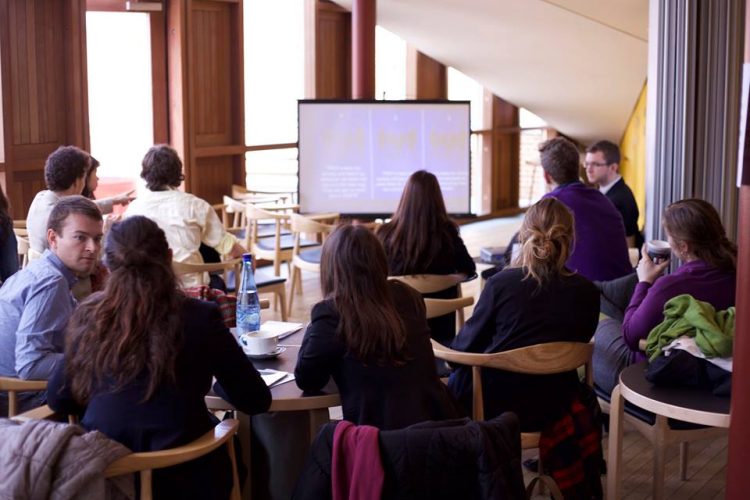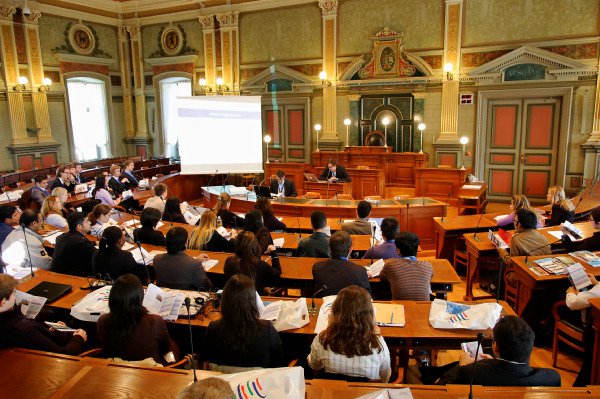On day one, the oikos Asia Meet 2015 was envisaged as a platform for young change-makers to contemplate deliberate and express individual views on the rather multi-faceted topic of...
The oikos FutureLab is the biggest event in the annual oikos calendar which gathers representatives from the entire oikos community. It provides a 2-day platform for 120 participants to...
The Presidents’ Meeting is one of the most enriching meetings for oikos members that enables them to learn more about oikos, listen to inspiring experts and improve their journey...
There we are – London. The place of the Beatles, Big Ben, a gherking shaped building and driving on the other side of the road. Mission: The oikos Spring Meeting...
During the month of March, while it was discovered that agricultural waste can be turned into biofuel and toilets can generate electricity, oikees from 25 countries were also enlightened by...





